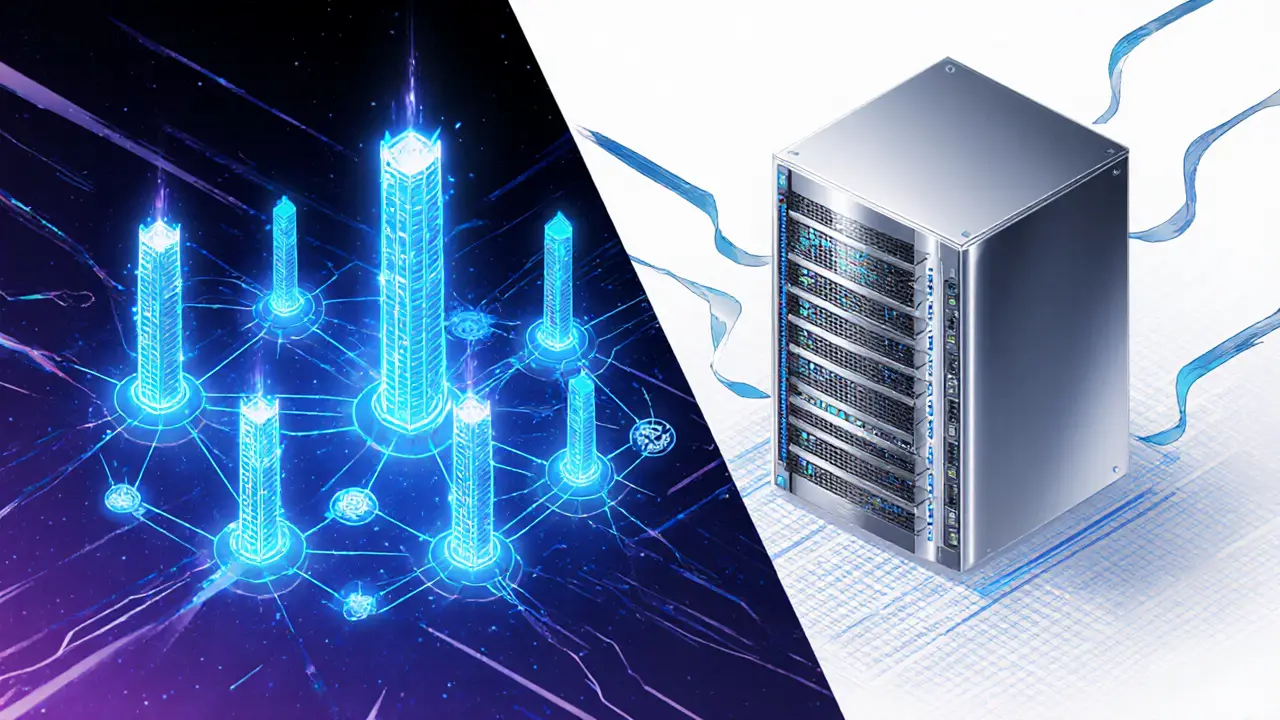Data Security: Protecting Crypto Assets and Blockchain Systems
When working with data security, the practice of protecting digital information from unauthorized access, alteration, or destruction. Also known as information security, it forms the backbone of safe crypto transactions and blockchain operations. Data security isn’t just a buzzword; it’s the glue that holds wallets, exchanges, and smart contracts together. In a world where a single leaked private key can empty an account, the stakes are higher than ever. That’s why every crypto enthusiast, developer, and investor needs to understand the tools and methods that keep data safe.
Key Concepts in Data Security for Crypto
One of the most powerful tools is encryption, the process of converting data into a coded format that only authorized parties can decode. Encryption secures private keys, transaction payloads, and communication channels, making it impossible for outsiders to read the information without the correct key. Together with cryptographic hashing and Merkle trees, encryption builds a layered defense that verifies data integrity and prevents tampering. In practice, a Merkle‑Patricia tree, for example, lets a blockchain prove that a piece of data belongs to a larger dataset without exposing the whole set, adding another shield for sensitive information.
Another pillar of data security is the network’s consensus layer. Validator nodes, network participants that confirm and add new blocks in proof‑of‑stake systems act as gatekeepers, ensuring that only valid transactions make it onto the chain. By staking cryptocurrency, validators have skin in the game; if they try to cheat, they risk losing their stake through a process called slashing. This economic incentive aligns honesty with profit, turning the validation process itself into a security mechanism that protects user data from malicious forks or double spends.
Beyond the technical layer, identity management plays a crucial role. Decentralized identity, a self‑sovereign way to prove who you are without a central authority gives users control over their credentials, reducing reliance on vulnerable password databases. With decentralized identifiers (DIDs) and verifiable credentials, you can prove ownership of a wallet or access rights without exposing personal details, which cuts down phishing attacks and data breaches. This model also dovetails with GDPR‑style privacy requirements, letting users revoke access when needed.
Putting these pieces together—encryption, validator nodes, and decentralized identity—creates a comprehensive security fabric. Each component reinforces the others: encrypted data stays safe as validators enforce honest block production, while decentralized identity ensures that only legitimate users can interact with the system. As the crypto ecosystem evolves, staying on top of these concepts will help you avoid costly mistakes and keep your assets secure. Below you’ll find a curated list of articles that dive deeper into each topic, offering practical tips, real‑world examples, and the latest developments in data security for the blockchain world.
Explore the fundamental differences between blockchain technology and traditional databases, from architecture and performance to security, cost, and ideal use cases.
Read More





